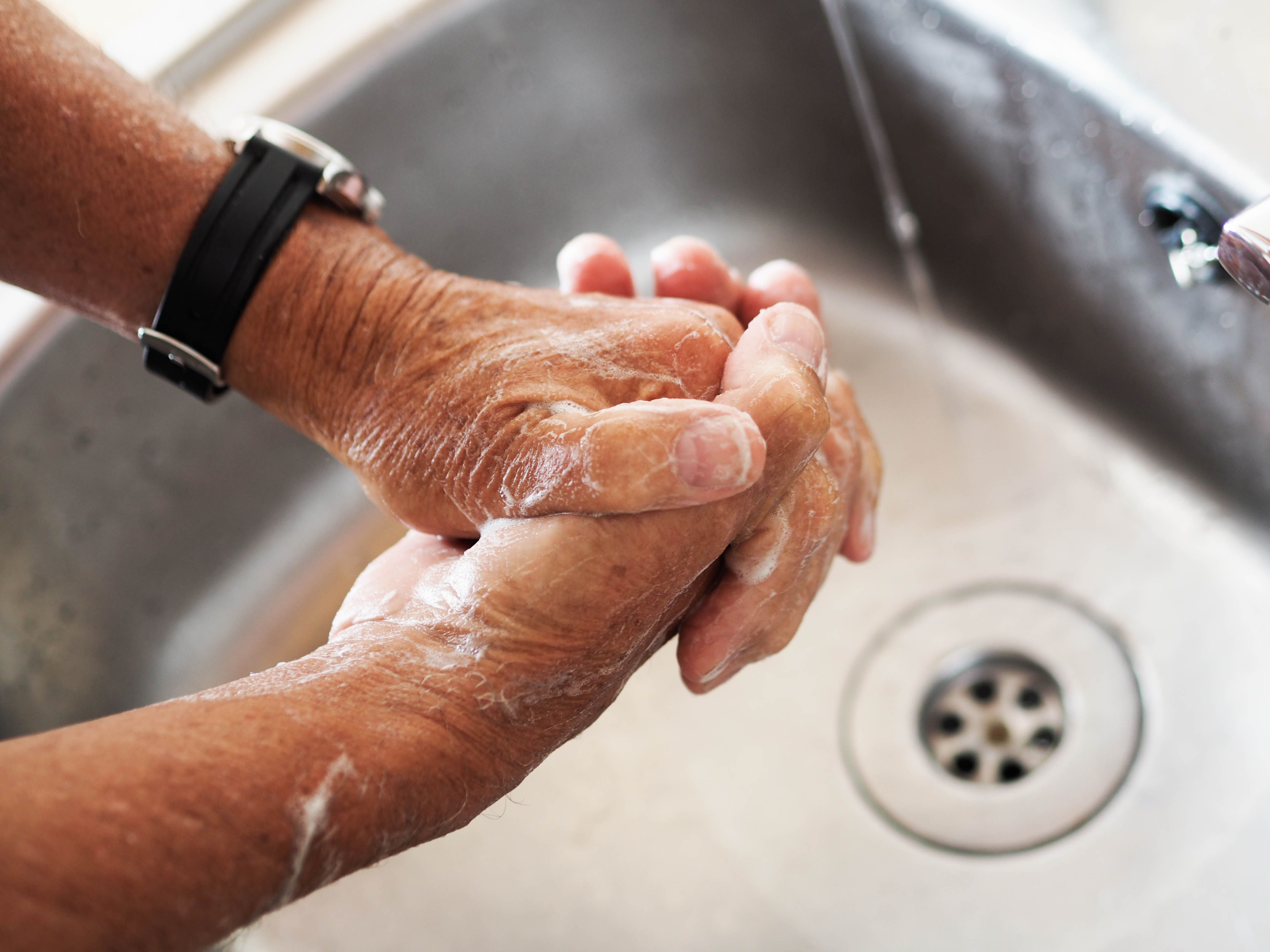Visitor Contact Precautions Had Little Effect on C Diff Infections in Simulation Study
Infection control efforts to combat hospital-onset Clostridioides difficile infection may be better spent on health care workers’ hand hygiene compliance and environmental cleaning than on visitor contact precautions, a new study suggests.

Visitor contact precautions (VCP), which require visitors to don gowns and gloves when entering a patient’s room, had little effect on hospital-onset Clostridioides difficile infection (HO-CDI), a new study found.
The simulation study, published in JAMA Network Open, was conducted between July 27 and Aug. 11, simulating hospital activity for 1 year in a 200-bed acute care adult hospital. It compared no VCP with ideal use of VCP in various scenarios and hospital settings.
“The biggest takeaway from our work is that focusing on contact precautions for visitors does not seem like a high-yield investment for C diff prevention,” corresponding author Nasia Safdar, MD, PhD, professor of infectious disease at the University of Wisconsin School of Medicine and Public Health and medical director of infection control and UW Hospital and Clinics, told Contagion®. “Some of the other interventions like hand hygiene and environmental cleaning are likely to have a higher return on investment.”
Visitor contact precautions were not associated with HO-CDI reductions greater than 1% in any scenario, while measures such as increasing hand hygiene compliance and environmental cleaning compliance were associated with a greater reduction in infections.
With no VCP, the baseline rate of HO-CDI was 7.9 per 10,000 patient-days compared with 7.97 per 10,000 patient-days with ideal VCP use (95% confidence intervals were 7.91-7.98 and 7.93-8.01 respectively).
“These findings were somewhat surprising to us because many health systems spend a lot of effort on visitor contact precautions thinking that these are effective interventions,” Safdar said.
The model can be adapted to different hospital configurations to estimate the outcome of VCPs for specific settings. The study suggests that VCPs may do more harm that good, citing previous studies that have reported increased delirium and depression and lower care satisfaction among patients under contact precautions.
One possible reason VCPs were associated with little reduction of HO-CDI is that visitors typically don’t interact with more than one patient. They also don’t usually participate in physical care of patients.
“Because our study shows an association and not necessarily a causal relationship because of the study design, the next steps would be to design an interventional trial where visitor precautions being used are compared with visitor precautions not being used to examine the impact on C diff,” Safdar said.
Many hospitals include visitor contact precautions in infection control bundles, the study said, noting one previous survey of 245 hospitals showing 82% had VCPs for patient with CDI. Such measures are costly, requiring considerable resources, including the use of personal protective equipment along with efforts to educate visitors and enforce VCPs.
A recent study that evaluated 9 single intervention strategies and 8 intervention bundles found that daily cleaning with sporicidal products is the most cost-effective single infection control strategy to reduce CDI.
The frequency and severity of CDI has increased worldwide, making the disease one of the most common hospital-acquired infections. Antibiotic stewardship programs have contributed to a decrease in healthcare-associated CDI, which fell by 36% between 2011 and 2017, according to a recent review.
